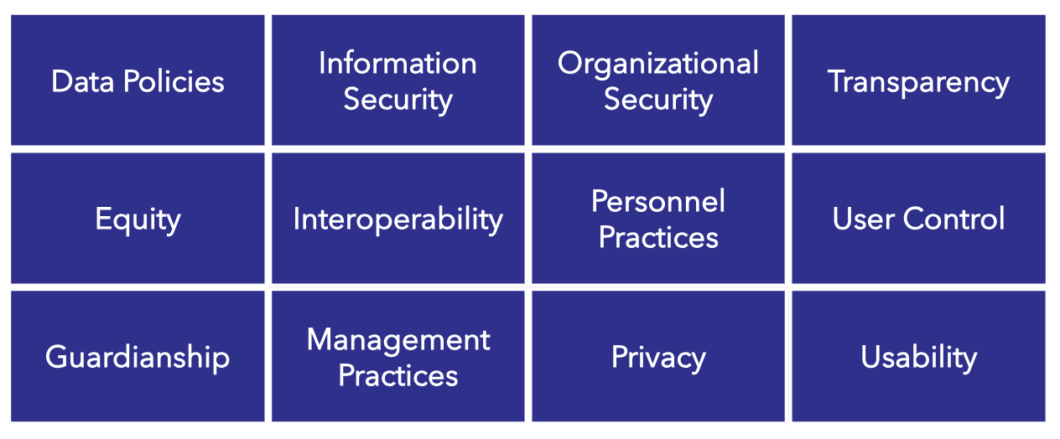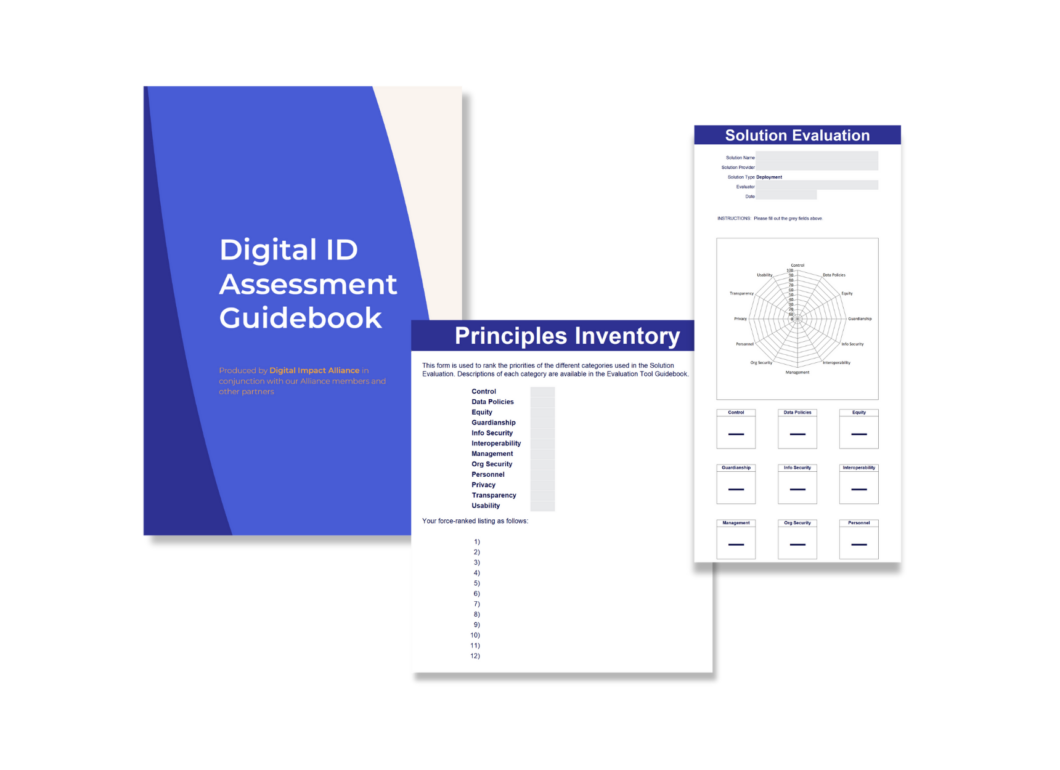The Digital ID Assessment - a critical tool to evaluate ID systems' design, deployment, and use.

In today’s globalized world, digital identification is increasingly connecting people to important opportunities, allowing them to access public services, facilitate cross-border trade, and participate in the formal economy. With such incredible potential, how can different stakeholders, from governments to funders, better understand what is needed to create – and advance – a trusted, effective, and scalable digital ID system?
To help answer this question, we developed the Digital ID Assessment, which enables implementors to evaluate their current digital ID systems, whether newly deployed or well-established. Created in collaboration with academic, industry, and multilateral identity experts, this self-assessment encourages users to examine their system’s progress against key objectives. And, just as importantly, it provides crucial learnings at every step of the process.
What is the Digital ID Assessment?
The Digital ID Assessment is a suite of tools, which currently includes:
- The Digital ID Assessment Guidebook, which documents each of the categories, their purpose and importance, and additional exploratory questions to discover additional insights
- The Principles Inventory, which allows users to explore and rank priorities, while also helping facilitate conversation among different stakeholder groups
- The Digital ID Solution Evaluation, which asks a series of questions to determine the maturity of each category
These tools focus on twelve categories, which together, are central to ensuring digital ID systems prioritize people’s needs and aspirations. These include:

By answering a series of questions related to each of the criteria, implementors can calculate their scores for each category – gleaning insights into the current state of the system’s design, architecture, deployment, and processes.
How is the Digital ID Assessment helpful?
To be truly successful, ID solutions must be built for those they serve, centering around people at every step of the way. This requires more than just good technology. It demands a thoughtful, multi-faceted approach to design, implementation, and deployment — one that recognizes the diverse realities of everyone who relies on it.
Our Digital ID Assessment prioritizes these principles to meet the diverse facets of people-centered digital transformation, including well-designed technology, inclusive policies and regulation, effective oversight, and robust accountability. And, when paired with other qualitative and ethnographic research, it can help ensure more inclusive and accessible digital ID systems that strengthen and improve lives.

How can countries and funders use the Digital ID Assessment?
As a set of tools, the assessment can be used in a variety of different ways to fit each country’s unique circumstance. This allows it to be leveraged across different stages of the ID system implementation process, whether for those looking to make improvements to an existing ID system or those working to build new systems from the ground up.
Critically, as the assessment is meant to be reusable, it allows implementors to continually track progress against their key benchmarks. This process can help support continuous learning and improvement, especially when used in conjunction with complementary evaluation tools and approaches to promote maximum benefit.

For example, Ethiopia has been among the first countries to take advantage of assessment for its digital ID system, FAYDA. Ethiopia’s National ID Program (NIDP), in charge of deploying FAYDA, has been exploring ways to better evaluate the system’s design — understanding where the system is strong and where improvements are needed to support future growth and strengthen intended outcomes. In early 2025, NIDP leveraged the Digital ID Assessment as part of its commitment to continuous learning and improvement.
If you’re interested in learning more about the Digital ID Assessment, please reach out to the team at info@dial.global.